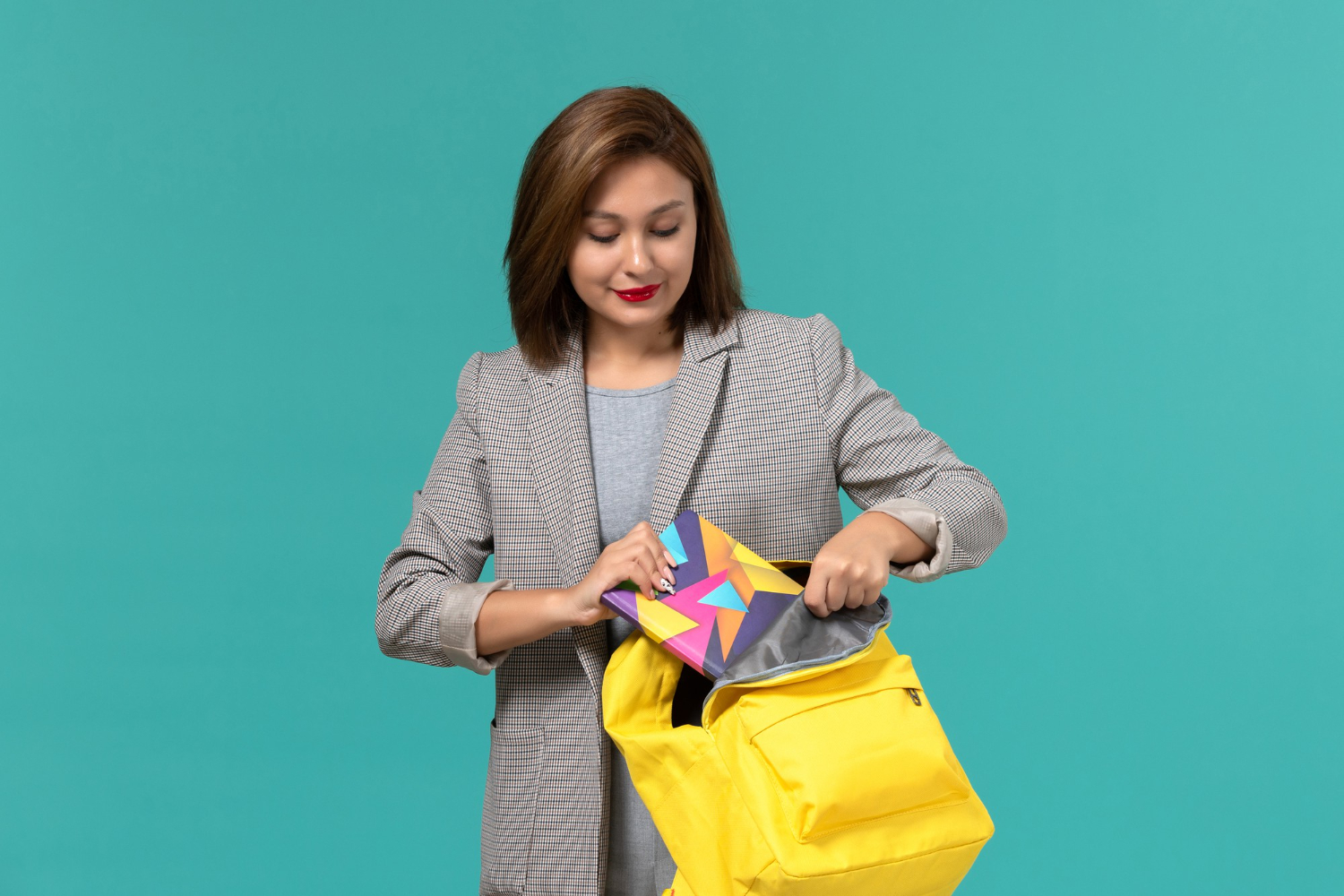ABA Therapy Bag Essentials: What Needs to Be Inside and Why


The core ABA therapy bag essentials include communication tools, visual supports, reinforcers, basic data-tracking materials, hygiene items, and portable teaching aids. These items help therapists run structured, effective sessions in any setting.
ABA sessions rely on structured learning. Many therapists carry flashcards, token boards, first-then visuals, and laminated picture icons. Visual supports help children understand expectations, especially those using AAC or picture-based communication. Research shows that visual supports improve task participation for many autistic learners (Autism Focused Intervention Resources, AFIRM).
Reinforcement is central in ABA. ABA therapy bag essentials often include small toys, fidgets, bubbles, or edible reinforcers approved by caregivers. The National Autism Center identifies reinforcement as an evidence-based practice that increases skill acquisition.
Therapists track behavior, responses, and progress in real time. Many add clipboards, printed sheets, timers, and clickers. Session data helps shape teaching decisions and align goals with treatment plans.
Therapists commonly bring hand sanitizer, tissues, wipes, and extra pens. These ABA therapy bag essentials help maintain hygiene and keep sessions running smoothly, especially during home-based services.
Families often notice that therapists arrive with a well-organized bag. In many cases, the same items rotate session after session to match the child’s goals. One common observation is that reinforcers and visuals are the most frequently used tools, especially for younger learners or those building early communication skills.
Conclusion
Having the right ABA therapy bag essentials helps sessions stay structured and predictable for children and therapists. If you’re looking for ABA professionals who provide organized, high-quality care, ABA Navigator can help. Explore providers in your area, compare services, and get personalized support by taking our quick matching quiz.
Yes. Younger children may need more play-based tools, while older learners often use academic or daily-living materials.
Yes. Many families keep visuals, reinforcers, and timers at home to support consistency.